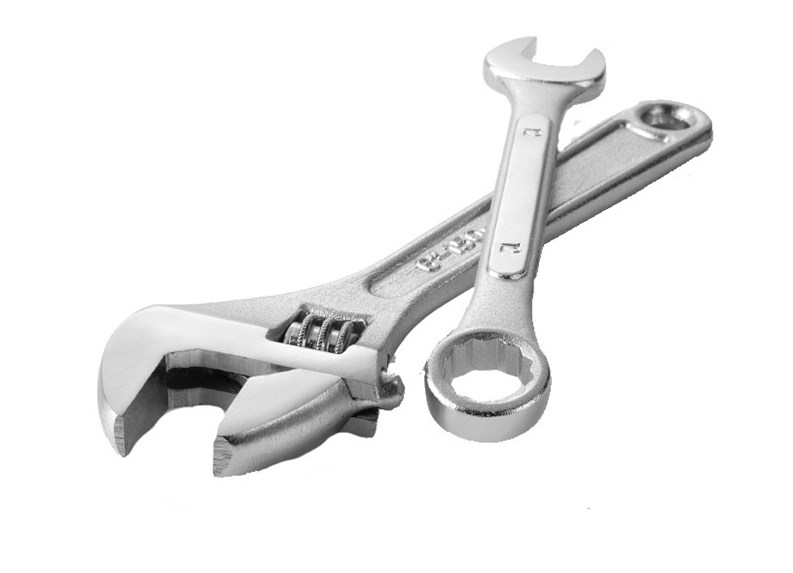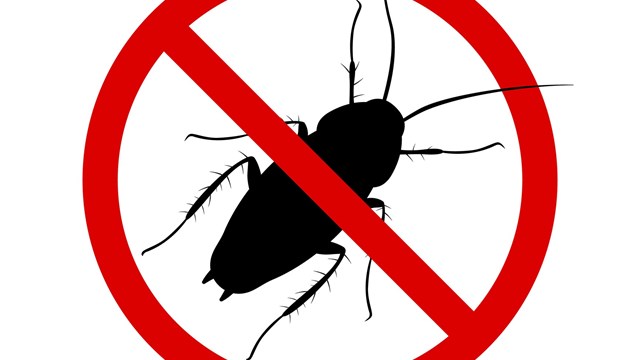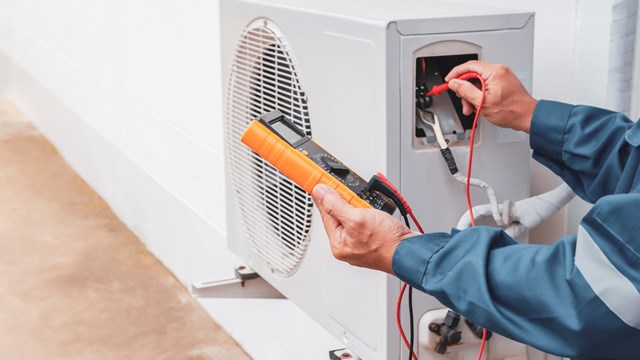Everyone knows the air in New York isn't the best stuff in the world to breathe. But what most people don't know is that the indoor environment is often more polluted and toxic than the world outdoors. In fact, a recent EPA study found that the indoor concentrations of 20 toxic compounds can be as much as 200 times higher compared to the relatively pristine urban outdoors. So let's start with a basic - and, hopefully, obvious - principle: If it's poisonous, carcinogenic, triggers asthma, or wreaks havoc on your nervous system, you probably don't want it in your building. Seems like common sense, right? And yet most of the products we use to build and maintain our buildings are portable Superfund sites, making their way Trojan Horse-like, into our common and living spaces. The good news for building owners and managers is that once you know what to look for, keeping the toxins out is a relatively easy thing to do.
Take paints, for example. Paints are like gasoline or new cars: they smell. Some people think they smell good, but most people have the good sense not to linger too long with their nose at the gas tank. Fumes from gasoline, glues, nail polish, the upholstery in new cars, some cleaning products, and paints are part of a broad class of pollutant called "volatile organic compounds," or VOCs, which include benzene, toluene, xylene and trichloroethane. The "volatile" in VOC, means that they convert to a vapor at room temperature and atmospheric pressure - in other words, we can smell them because their fumes diffuse into the air. VOCs can trigger asthma attacks, and according to the EPA, many VOCs are known carcinogens, and symptoms of intense of prolonged exposure include eye and respiratory tract irritation, headaches, dizziness, visual disorders, and memory impairment.
OK, so painting a room or a hallway is like washing it with gasoline. Does this mean that detoxing means living a colorless, dirty-walled existence?
Thankfully, no. You can find high quality no-VOC or low-VOC paint products for a variety of different applications at most of the big paint stores (see the links below for guides to product alternatives).
In fact, non-toxic alternatives are available for almost any job you want to do, and reducing or eliminating the toxicity is often as simple as knowing what to ask for and where to get it. The following is a short list of product types and things to look for when you do your shopping. And in those cases where using the low-tox version is not an option, you can reduce exposure by properly ventilating for as long as the pollutant is present (i.e. during the work and, in most cases, until the smell goes away).
Carpeting
The adhesives, the backing, and sometimes even the fiber of the carpeting itself may be a source of indoor toxins, especially in poorly ventilated hallways. Adhesives are essentially industrial glues, and it shouldn't come as much surprise that laying down heavy-duty, wall-to-wall glue isn't a great recipe for clean indoor air. The backing is the rubbery stuff on the carpet's underside, and is often made of vinyl, also known as polyvinyl chloride or PVC, a substance nasty enough to deserve to go the way of lead in gasoline. Not only is PVC a VOC-outgasser, but it also contains a whole host of heavy metals such as lead, mercury, and cadmium. If it catches fire, it may as well be a chemical weapon (ask any fireman). And when we throw it away, these neurotoxic heavy metals first find their way into the air and water via landfills and incinerators, and then make their way through the food chain, eventually destined to end up on the menu at Red Lobster.
Fortunately, carpeting is one of the best areas for environmental and health-friendly substitutes. Options go well beyond the realm of non-toxic, but as a start, look for carpet products that use no-VOC or low-VOC adhesives and non-vinyl backing like rubber. Cleaning it once in a while with a HEPA vacuum wouldn't hurt either (indoor air pollutant sources and asthma triggers can be as inconspicuous as an uncleaned carpet). As for other vinyl products like composite vinyl tile (CVT) for common-space flooring, very good substitutes exist, such as easier-to-clean natural linoleum (see the links at the end for guides to product alternatives).
Wood, Insulation, and Formaldehyde
The quick skinny on Formaldehyde is this: it's a colorless, pungent-smelling potentially carcinogenic gas that can trigger asthma attacks, cause watery eyes, burning sensations in the eyes and throat, nausea, and difficulty in breathing at elevated levels. The main source of it is pressed wood products - like plywood, particleboard, and fiberboard - and foam insulation, which means it's in most cabinets, furniture, and walls.
To keep your space formaldehyde-free, start by looking for alternatives to pressed wood. If that becomes too expensive, then shop around for a vendor who can supply pressed wood with no formaldehyde content. As for insulation, there are a variety of no-formaldehyde alternatives, including recycled cotton batting and cellulose (from recycled newspapers). These options are not only non-toxic, but they also offers better mold resistance and even act as an insecticide.
Pesticides
You are probably safe in assuming that any product with "cide" in it - which derives from the Latin word for "killer" - is not good for you, whether it's a herbicide, pesticide, or any other biocide (literally, "life killer.") You can minimize the need for pesticides in your building by ridding it of pest food sources, providing trash cans with lids that close and lock, planting shrubs away from the building base (pests like to nest and hide there where birds can't see them), and by sprinkling a little relatively-benign borax around your wall bases and inside cracks. And most importantly, make sure your exterminator or pest management service understands your chem-free vision.
Household Cleaners
There is a general misconception about cleaning products, which is that the best cleaners are the ones with the strongest, most poisonous chemicals. This is why you see packages with labels that say: "New and Improved... Now With Bleach!" instead of: "New and Improved... Now With No Bleach!"
Household cleaners merit a column unto themselves, but as a start towards keeping the toxic ones out, look for those that are labeled "Non-toxic to humans and aquatic life," are biodegradable (or better yet, readily biodegradable or biodegradable in under five days); and avoid those with danger or warning labels, chlorine bleach (look for the substitute sodium percarbonate), petroleum-based solvents, glycol ethers, phenolic compounds and surfactants. For more information on cleaning products and methods, see INFORM's "Cleaning for Health" at
Unfortunately, the list of toxic and otherwise harmful products goes on. The good news is that healthy alternatives exist and may be better (or are at least as good) at doing what we want them to do. The trick is knowing what you want out of your building or cleaning products, knowing how to ask for it (whether you're communicating to your contractor or doing the work yourself), and knowing that taking steps to reduce the amount of resident toxicity in your living space is not some outlandish or cost-prohibitive pursuit, but good-health common sense.
For a list of products that are certified or recommended as environmentally friendly by Green Seal (a environmental product certification organization), visit
Or visit the "Oikos" green building web site at
Joshua Radoff is the co-director of GreenHomeNYC,







3 Comments
Leave a Comment